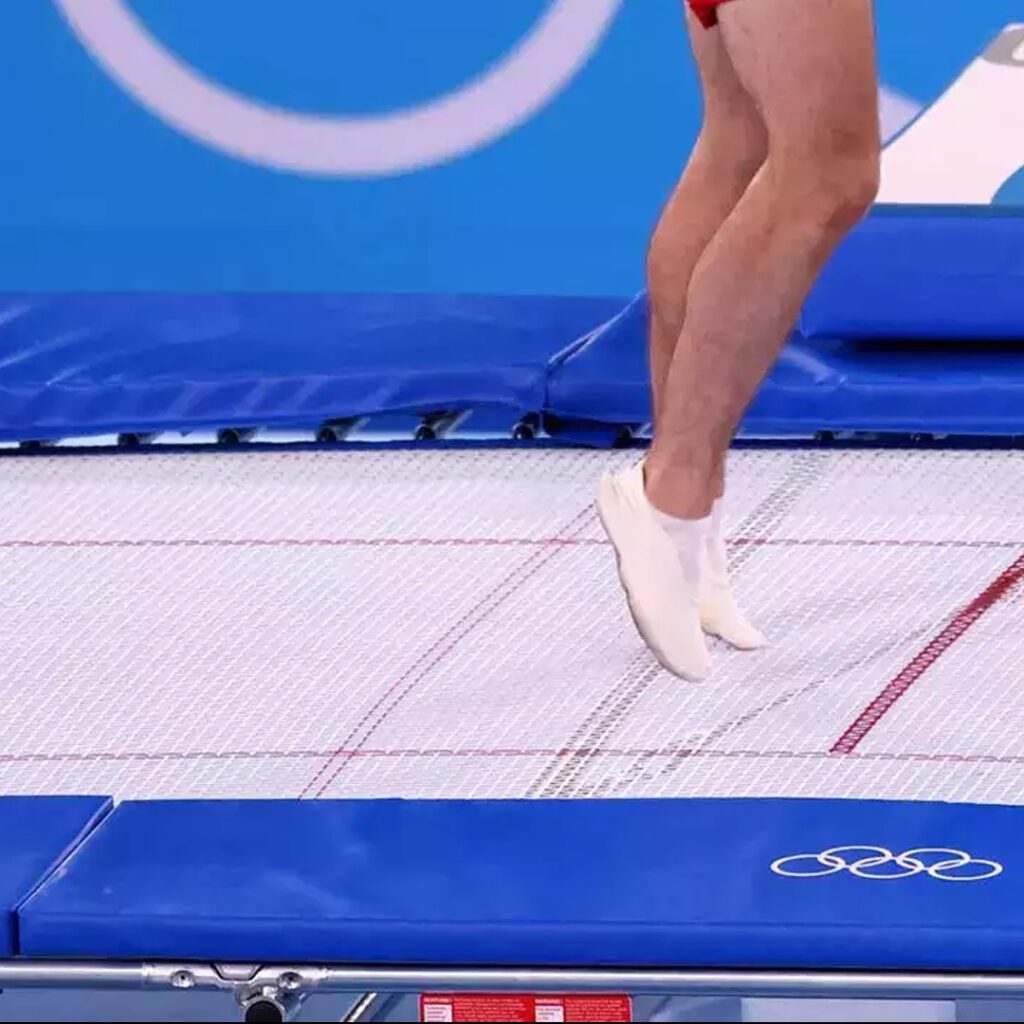
You’ve probably seen a bouncy sport trampoline in the back garden and wondered how anyone could turn jumping into a sport. Well, believe it or not, trampolining has come a long way since it started as a circus act in the 1930s. The sport has evolved so much that it’s now part of the Olympic Games.
Trampolining first appeared as an Olympic sport at the 2000 Sydney Games, and it’s been bouncing higher ever since. You’ll learn about key milestones and pioneering athletes who helped launch trampoline into the Olympics.
In this blog, we’ll take a look at the fascinating history of the sport trampoline and find out how it made its way to the world stage.
Brief History of Trampolining in the Olympics
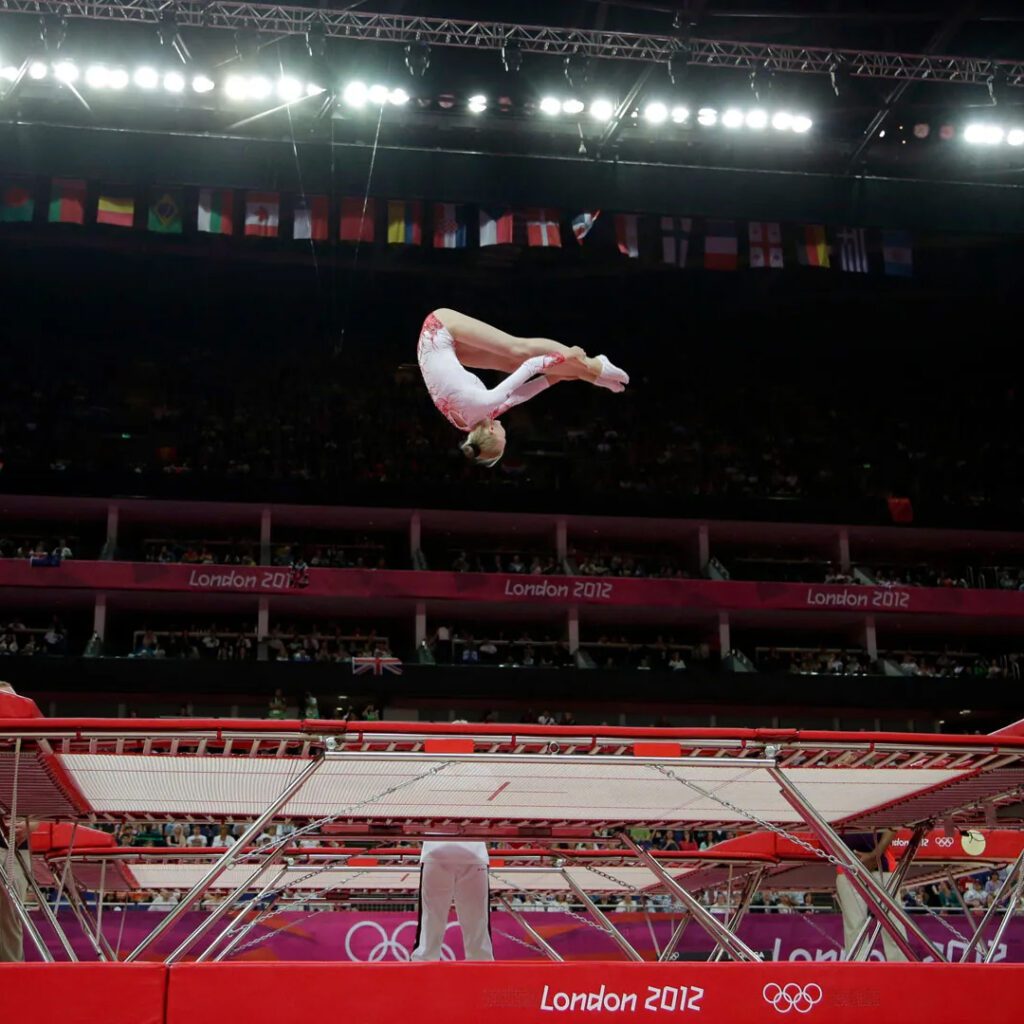
A Recreational Pastime Turned Olympic Sport
Trampolining began in the 1930s as a fun hobby using old parachutes and mattresses for aerial stunts and tricks. It gained popularity and led to the development of the modern trampoline in the 1950s. The first World Trampoline Championships were held in 1964, demonstrating its potential as a competitive sport. Trampolining debuted as an Olympic sport at the 2000 Sydney Games, with men’s and women’s individual events.
An Evolving Competitive Sport
Over the years, trampoline events have become more complex and daring. Routines now incorporate multiple somersaults and twists at heights up to 10 metres. Scoring is based on difficulty, execution, and height. Double mini-trampoline was added in 2012, featuring lower but more powerful jumps. In 2016, men’s and women’s synchronised trampoline events were included, requiring perfect timing and coordination between partners.
Skyrocketing Popularity and Recognition
Trampolining’s Olympic debut accelerated its global spread and popularity. National trampoline organisations and competitions have sprung up worldwide. Trampoline gyms and clubs have opened for recreational and competitive training. The sport’s inclusion in major events like the Olympics, World Games and X Games has raised its prestige and visibility. Top trampolinists have become role models and ambassadors, inspiring more youth to take up the sport.
The journey of trampolining from a simple recreational pastime to an Olympic sport has been a remarkable one. Its dynamism and crowd-pleasing aerial displays have allowed it to carve a niche in gymnastics and tips and tricks. Trampolining looks set to continue evolving and reach even greater heights at future Olympic Games.
Technical and Athletic Progression
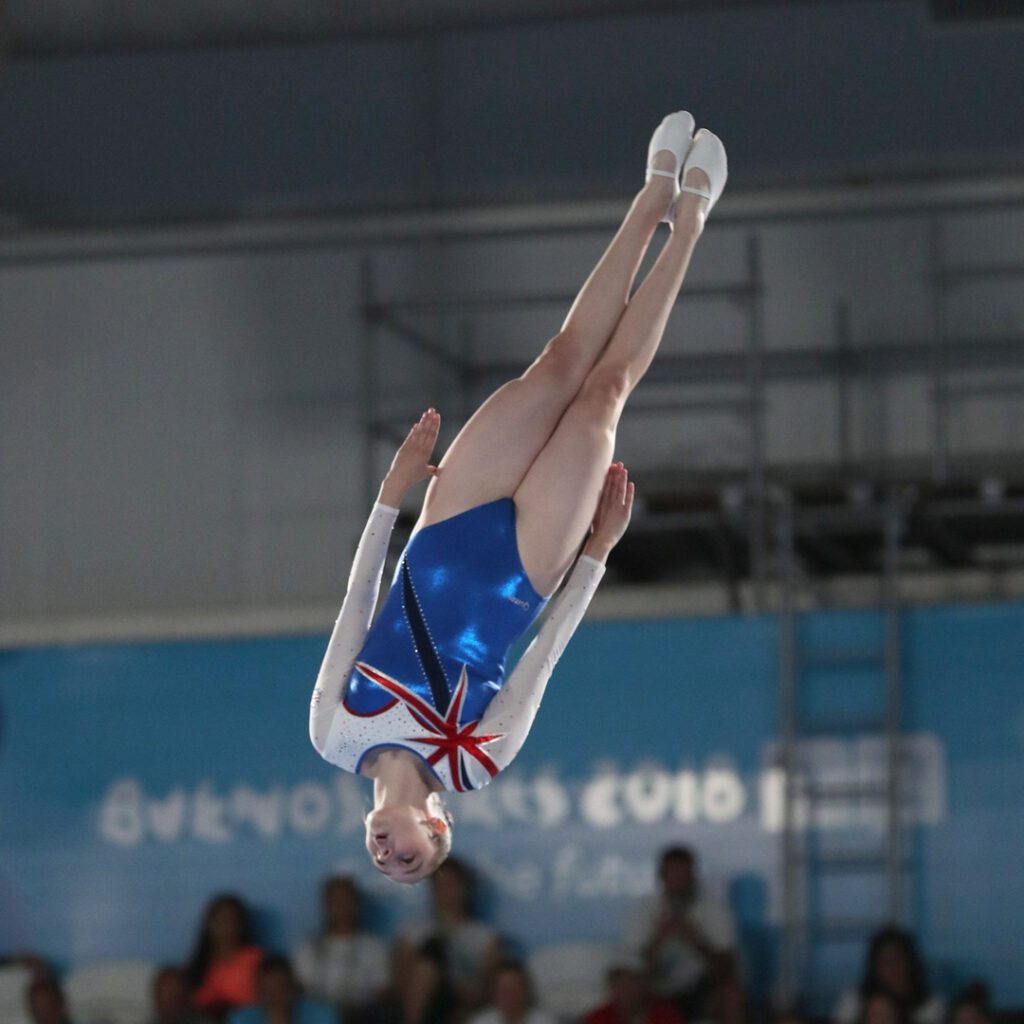
Overview of trampoline skills and techniques
The sport of trampolining has progressed rapidly since it first appeared at the 2000 Sydney Olympics. Athletes have mastered incredibly complex skills and routines. The basic skills you’ll see in competition include somersaults, twists, and seat landings. More advanced skills combine multiple somersaults and twists into a single jump.
Evolution of athleticism in trampolining
Today’s trampolinists are highly trained athletes. Their routines require an enormous amount of strength, flexibility, and body control. Many athletes start training at a young age to build up the necessary skills and strength. Trampolinists follow specialised training programs and work closely with coaches to perfect their technique and increase the difficulty of their routines.
Role of technology and training methodologies in advancing the sport
Advances in trampoline technology and safety equipment like safety enclosure and frame pads have also allowed athletes to push the limits of the sport. Modern trampolines provide more lift and stability, enabling athletes to get more height on their jumps. Improved padding and nets prevent injuries from falls or collisions. Coaches now use video analysis and biomechanical monitoring to help athletes improve their form and increase the difficulty of the skills they can perform. These technological and methodological advancements have revolutionised trampolining, paving the way for today’s gravity-defying routines.
The Global Reach of Sport Trampoline
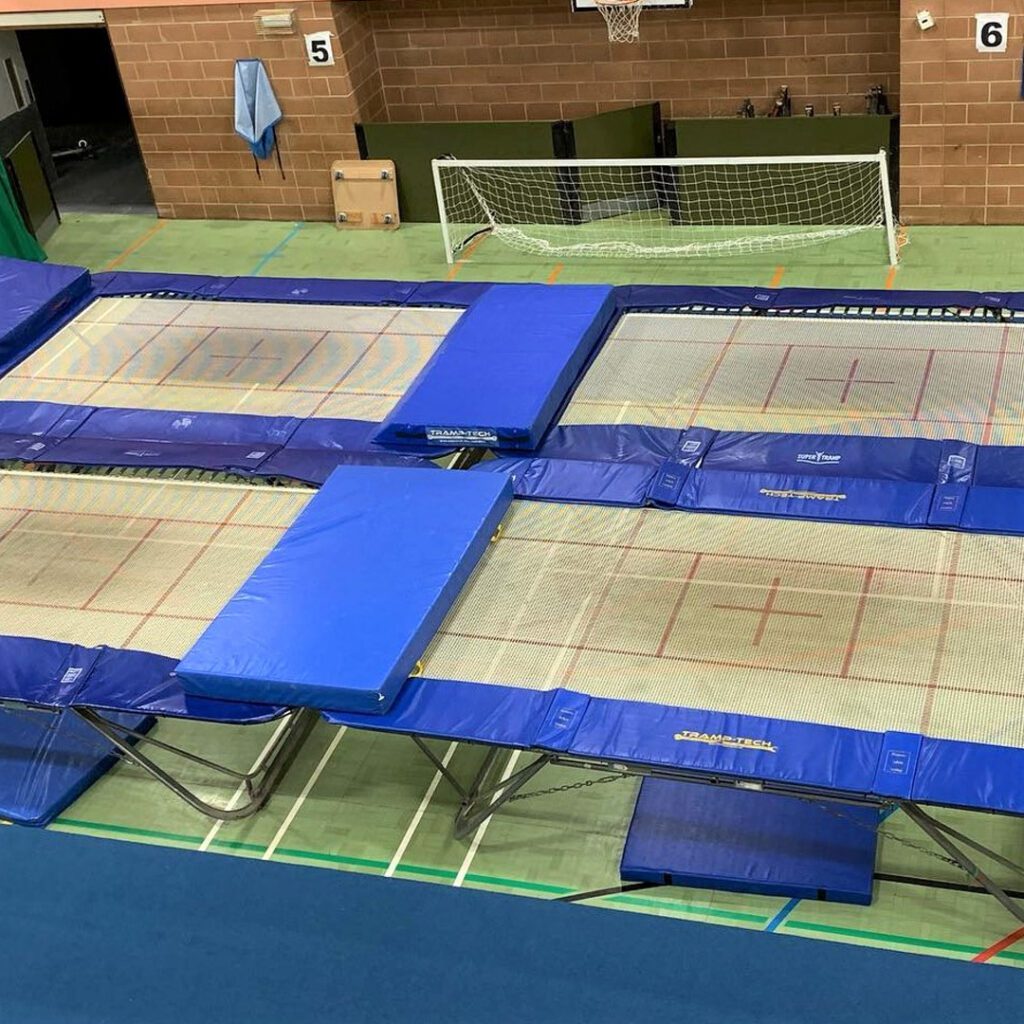
International participation and competition
Sport trampoline has become an international competitive sport, with over 100 countries affiliated to the International Trampoline Federation. Major events like the World Championships and World Games attract the world’s top trampolinists. At the Olympic level, trampoline was first introduced as an exhibition sport in 2000, then became an official Olympic sport in Sydney 2000. Since then, trampoline has featured at every Summer Olympics.
Influence on youth involvement in trampoline sports
The rise of sport trampoline on the global stage has inspired youth around the world to take up the sport. Trampoline programs and clubs have sprouted up everywhere to meet the growing demand, especially from children and teenagers. The spectacular skills and gravity-defying moves that trampolinists demonstrate have captured the imagination of youth and motivated many to learn trampolining. With role models like Olympic champions to emulate, the popularity of trampolining among youth will likely only continue to grow.
Cultural significance and representation in various countries
Trampolining has taken on cultural significance in countries that have achieved success in the sport. For example, Canada has become known for its trampoline program,while Britain is recognized for pioneering new skills. In China, trampolining has been included in many local school curricula to scout and develop talent from an early age. Trampolining has also become ingrained in the culture of circus arts. Many contemporary circus shows feature trampoline acts, showcasing the beauty, power, and entertainment value of the discipline.
Overall, the rise of sport trampoline on the global stage has led to greater international participation, inspired youth involvement, and given the sport cultural significance in countries around the world. Trampolining looks set to soar to even greater heights in the future.
Notable Olympic Moments and Athletes

Memorable performances in Olympic history
Some of the most memorable Olympic trampoline moments came from competitors pushing the boundaries of difficulty and perfecting their routines. At the 2000 Sydney Olympics, Canadian Karen Cockburn wowed crowds with a routine that included a triple somersault with a full twist. She won the silver medal and helped establish trampoline as an exciting sport to watch.
At the 2004 Athens Olympics, China’s Lu Chunlong completed an incredible routine with a difficulty rating of 17.0, the highest of the competition. Although he finished just off the podium in 4th place, his boundary-pushing performance demonstrated the world-class level of athletes in the sport. Trampoline was officially added as an Olympic sport in 2000, so these early competitions were instrumental in showcasing the skill and artistry of the athletes.
Influential athletes in sport trampoline
Some athletes have shaped the sport of trampoline through their skill, accomplishments and longevity. Karen Cockburn competed in an impressive five Olympic games between 2000 to 2016, winning three medals for Canada. Her passion for the sport and consistency at the highest levels of competition made her an icon and role model for up and coming athletes.
Another influential athlete is Dong Dong of China, who won gold medals in trampoline at the 2008 and 2012 Olympics. Known for his power, height and superb form, Dong Dong’s victories helped establish China as a dominant force in the sport. He continues to inspire Chinese athletes to achieve excellence in trampoline. These star athletes have brought global visibility to the sport of trampoline through their memorable performances and accomplishments on the Olympic stage.
Impact of Olympic success on individual careers and the sport
Success at the Olympics can launch athletes into stardom and shape the trajectory of a sport. For athletes, an Olympic medal can open up sponsorship opportunities, invitations to high-profile events, and status as a role model. This success and visibility, in turn, helps raise awareness of the sport itself. Trampoline’s addition to the Olympic program in 2000 gave the sport mainstream credibility and exposure. Memorable performances and star athletes have attracted more interest and inspired more competitors around the world to take up trampoline.
Challenges and Future Prospects
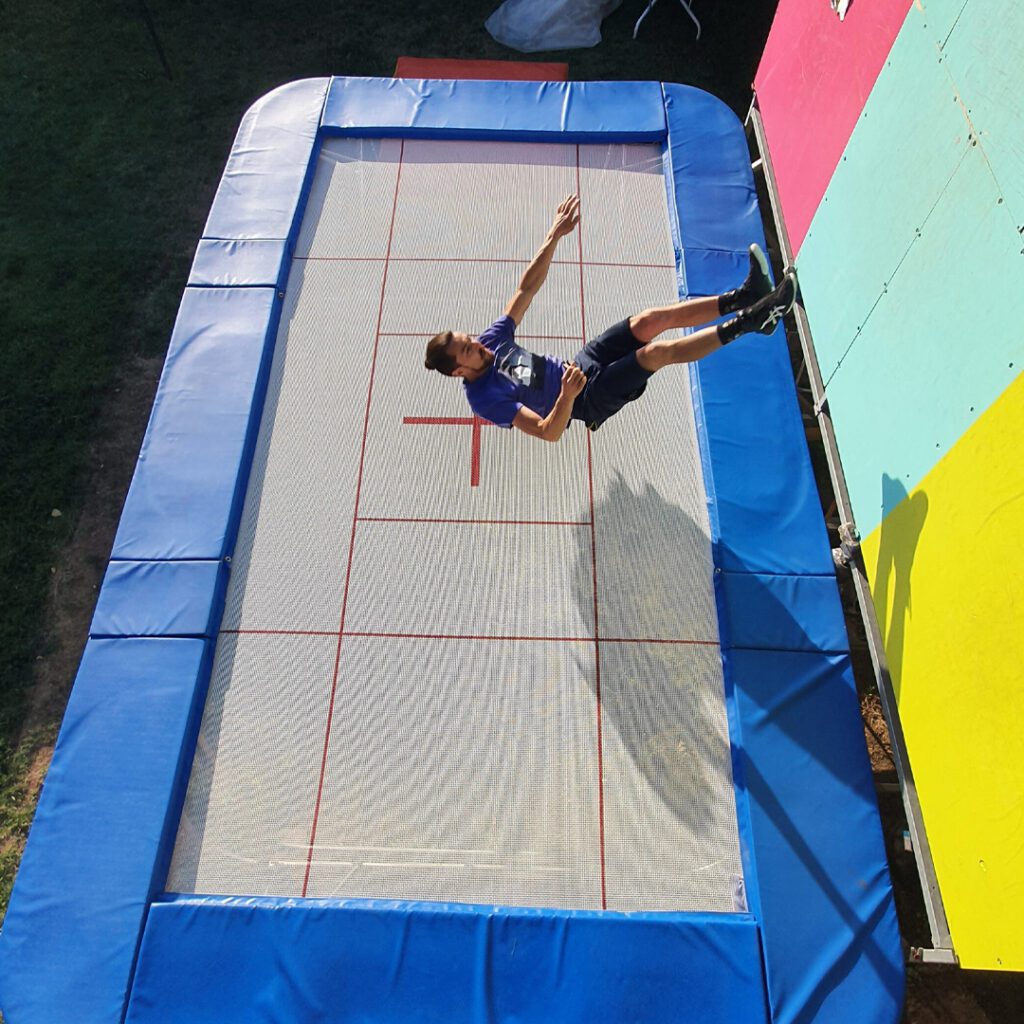
Addressing Challenges
Sport trampoline faces some challenges in establishing itself as an Olympic sport. As a relatively new sport, it lacks the history and tradition of other Olympic sports. This can make it harder to attract fan interest and media coverage. The sport is also hindered by the perception that it’s more of a recreational activity than a serious competitive sport.
To overcome these challenges, the International Trampoline Federation has focused on standardising competition rules and pushing the sport to more complex and challenging skills to showcase it as a serious athletic endeavour. Hosting world championship and World Cup events also helps to raise the sport’s profile worldwide. With time and exposure, trampoline has the potential to gain more mainstream popularity and acceptance as an Olympic sport.
Opportunities for Growth
There are several opportunities for trampoline to expand its reach. Currently, the sport only includes individual competition, but there is potential for team events, synchronised trampoline, and double mini-trampoline to be included in future Olympics. This could attract more participants and allow different styles of athletes to compete.
Another growth area is inclusion of trampoline in major multi-sport events outside of the Olympics, such as the Asian Games, Commonwealth Games, and Youth Olympics. This exposure at a continental and junior level will help identify and develop new talent in the sport from an early age.
Potential Innovations
Technological innovations could make the sport more exciting for spectators. Developments like embedded cameras in the trampoline bed, 3D mapping and rendering of athlete movements, and live data overlays showing height, spin, and difficulty values of skills may enhance the viewing experience.
Opening trampoline to outdoor venues and alternative competition formats could also freshen up the sport. Events like big air, freestyle, and extreme trampoline could showcase the sport in new ways and attract interest from audiences seeking more extreme action sports. With continued innovation, trampoline has significant potential for an upward trajectory as an Olympic sport.
Conclusion
From its humble beginnings with George Nissen experimenting in his garage to its dramatic Olympic debut in Sydney, it’s been quite the journey. Now trampolining is more popular and competitive than ever, with gymnasts pulling off ever more complex routines. Maybe one day we’ll see trampolining at the same level as artistic gymnastics. But for now, it’s still the new kid on the block. The next time you see those bouncy gymnasts flying through the air, you’ll have a whole new appreciation for the sport and how far it’s come. Who knows, maybe trampolining’s Olympic journey is just getting started.





